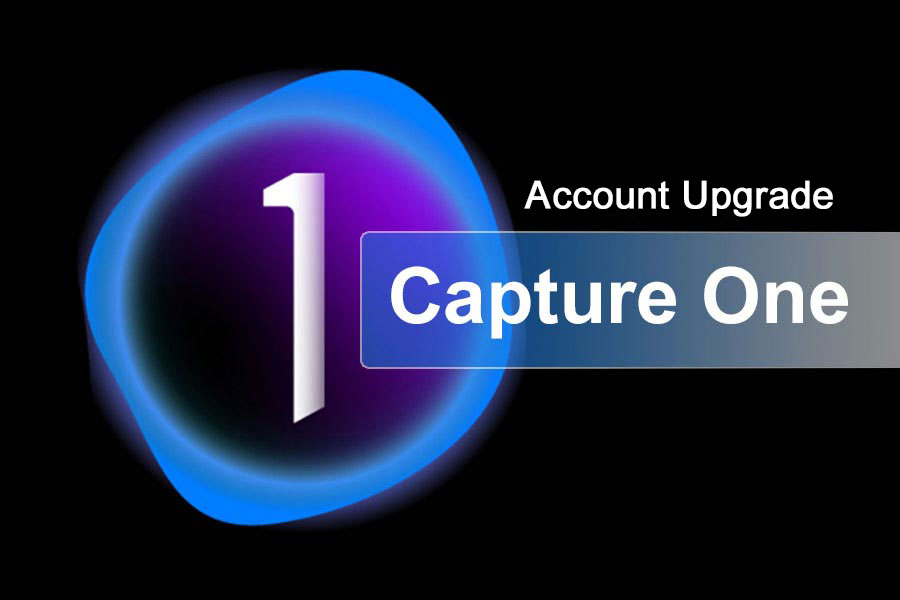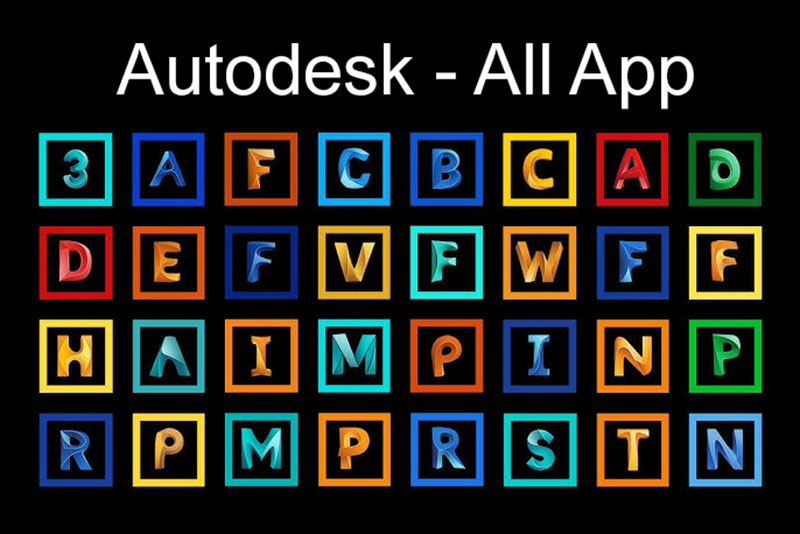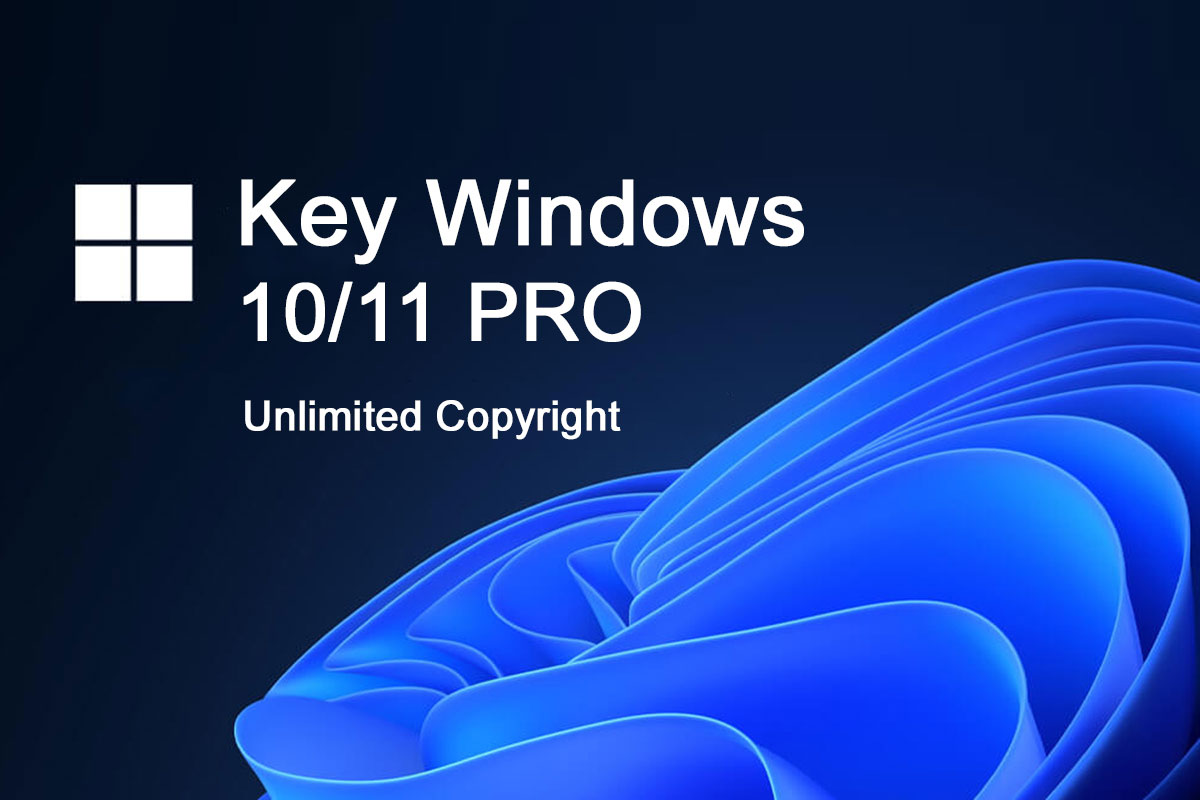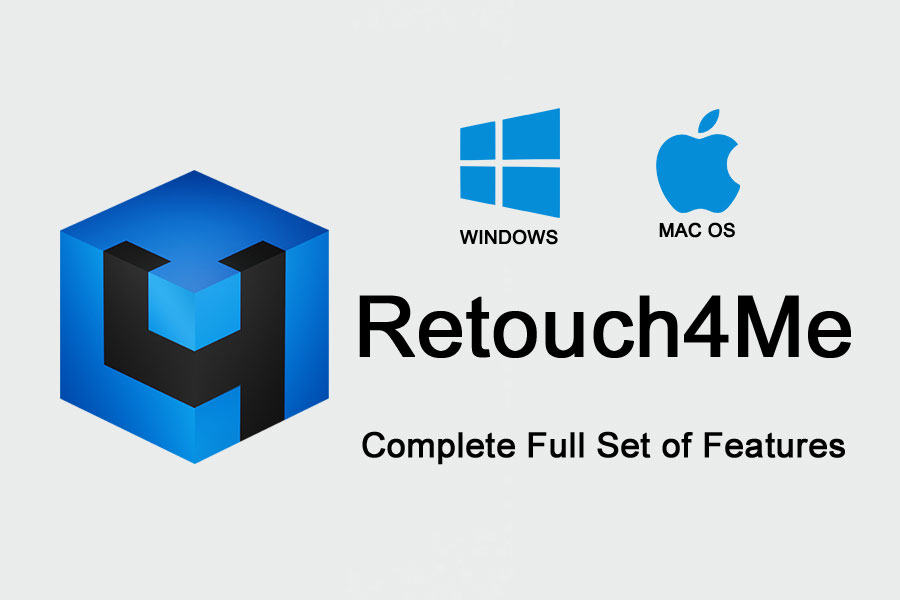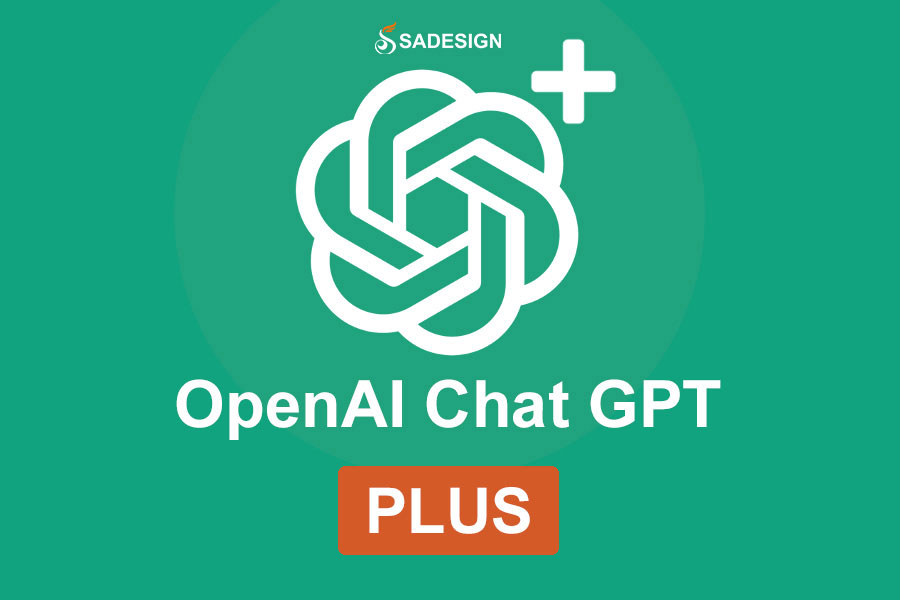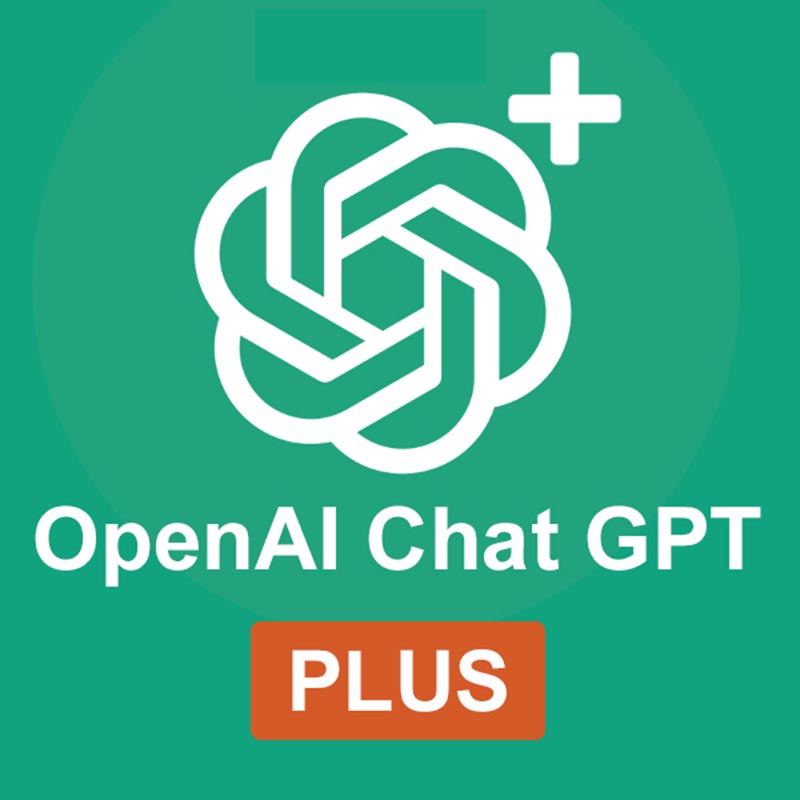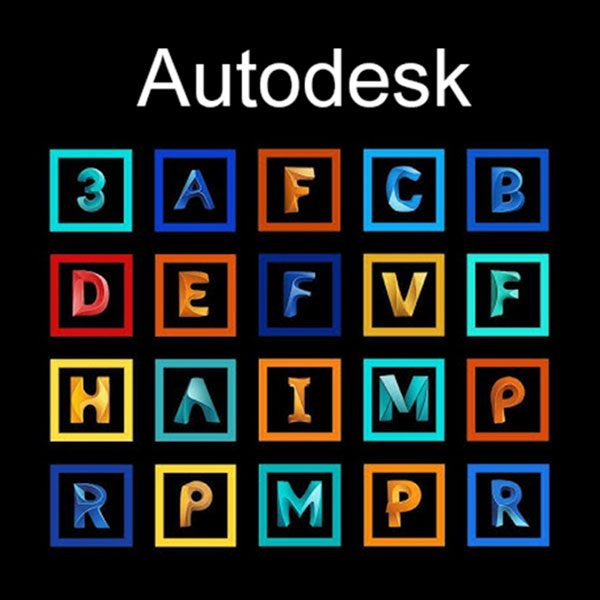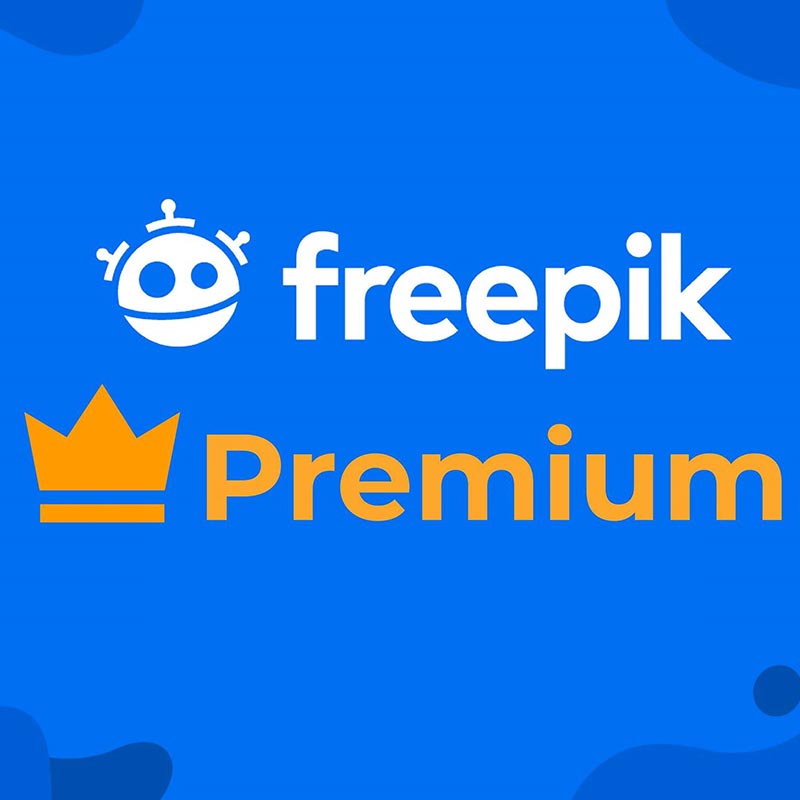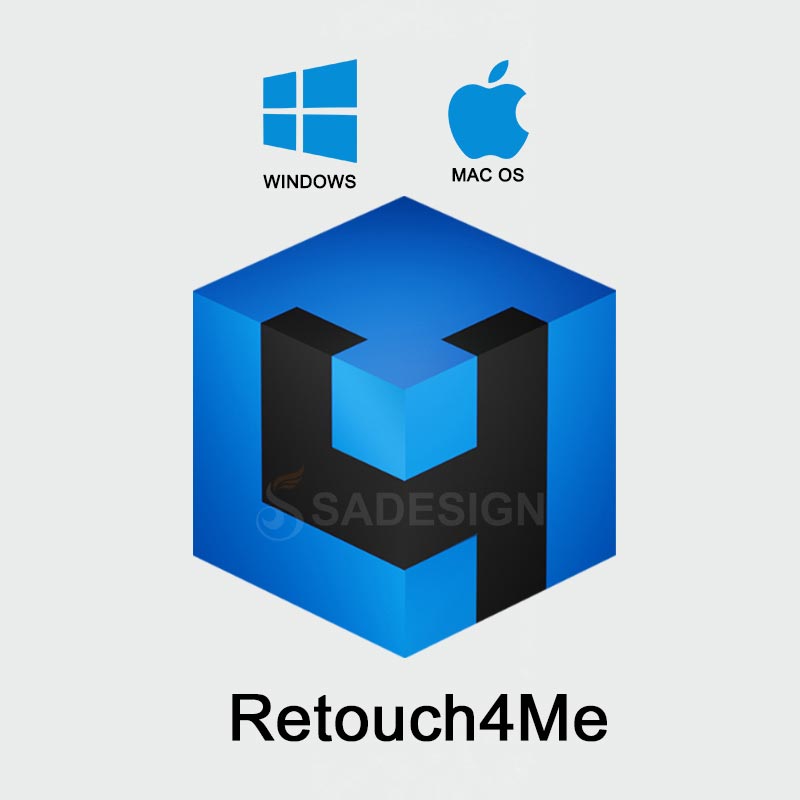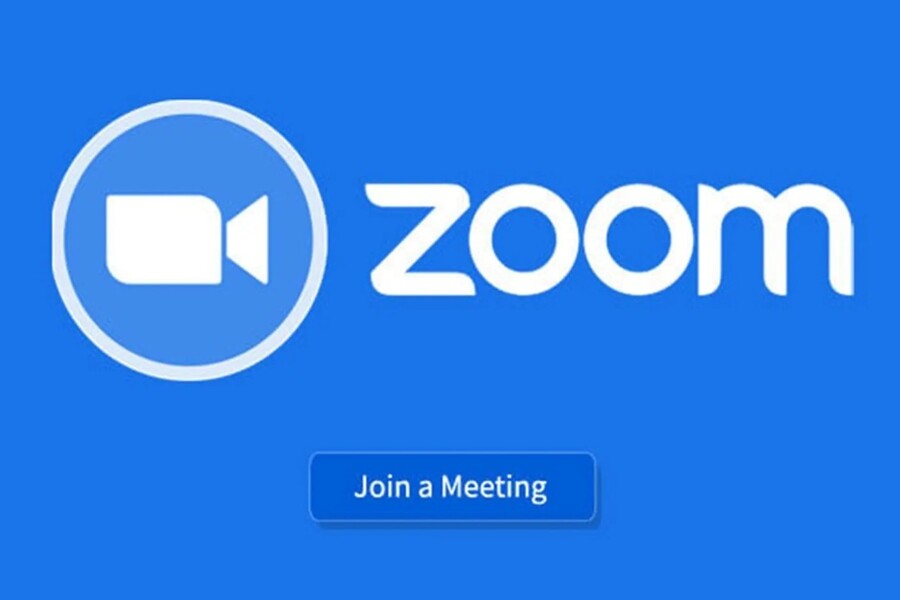Best Selling Products
5 reasons why ChatGPT-5 is considered the most powerful AI model today
Nội dung
- 1. Basic information about ChatGPT-5
- 2. 5 new features of ChatGPT-5
- 2.1. Strong logical reasoning and automatic multitasking capabilities
- 2.2. A unified model, no more switching usage modes
- 2.3. Understand and remember conversation context more deeply
- 2.4. Interact with more complex document types and formats
- 2.5. Open ecosystems and the return of open source
- 3. Why is GPT-5 important?
- 4. Conclusion
ChatGPT-5 is the next generation of OpenAI's Large Language Model (LLM) line. It is built on the most advanced technology platform available today, combining both model architecture and data training methods.
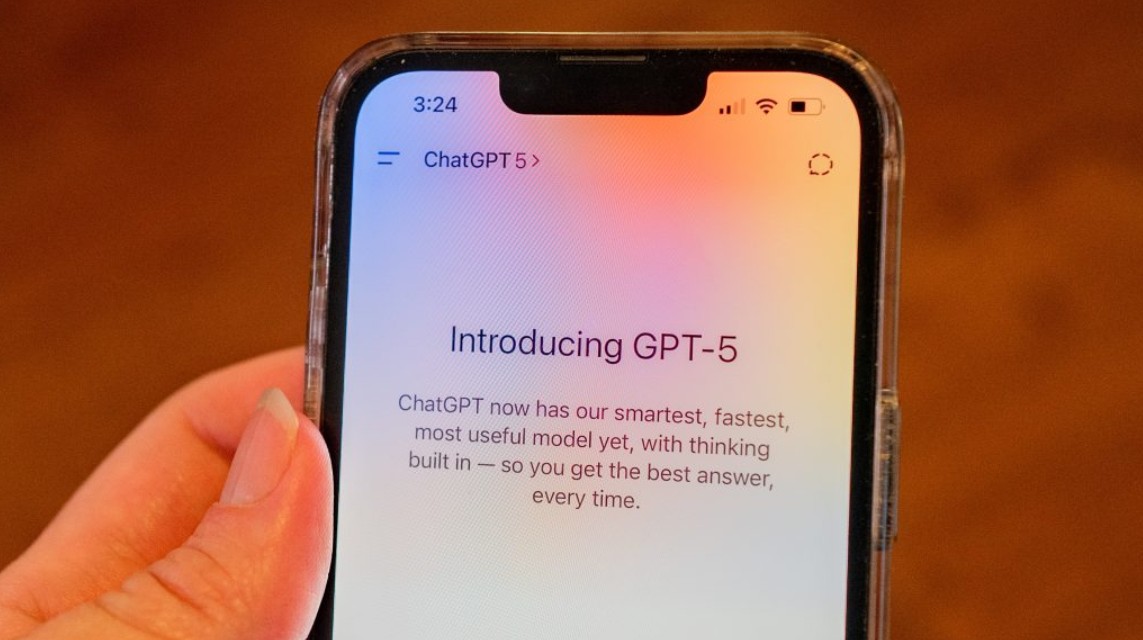
In less than a decade, artificial intelligence has gone from a laboratory concept to an essential tool in everyday life. In recent years, OpenAI has emerged as one of the names shaping this development trend, with the ChatGPT language model line playing a pivotal role. Each new version is not just a simple feature update, but also reflects a breakthrough in natural language processing, logical thinking, and the ability to assist humans in many fields. If GPT-3 laid the foundation for the commercialization of conversational AI, GPT-4 brought higher accuracy and naturalness, now GPT-5 appears as a leap forward, expected by the community to shape the future of how we interact with technology.
GPT-5 is not just a question-answering tool, but is gradually moving towards the model of a comprehensive intelligent assistant, capable of thinking, remembering, learning and coordinating many complex tasks like humans. Therefore, a thorough understanding of the upgrades of GPT-5 will help users, businesses and researchers seize opportunities and have a deeper insight into the future of AI.
1. Basic information about ChatGPT-5
ChatGPT-5 is the next generation of large language models (LLM) developed by OpenAI. This version is built on the most advanced technology platform today, combining improvements in both model architecture and data training methods. The highlight of GPT-5 lies not only in its natural language processing ability, but also in its multi-task integration, logical reasoning ability, as well as its smarter understanding and response to context.
.png)
Unlike previous versions that focused primarily on language quality, GPT-5 is designed to be a general AI platform that can support people in many fields, from office work, academic research, content creation, to programming and deep data analysis. This is also the first time OpenAI has announced plans to bring part of GPT-5 back to the open source model, marking a change in strategic direction that previously focused on closed ecosystems.
2. 5 new features of ChatGPT-5
2.1. Strong logical reasoning and automatic multitasking capabilities
One of the most important upgrades of GPT-5 is its greatly improved logical reasoning ability. Thanks to the integration of advanced technology similar to the o3 model, GPT-5 goes beyond understanding and responding to natural language, and can also carry out thinking steps in a way that is almost human. Instead of simply giving answers, the model can analyze problems, make hypotheses, test information, draw conclusions, and even automatically break down complex processing steps.
For example, when a user asks a question related to business strategy planning, GPT-5 can not only provide a list of general suggestions, but also calculate expected profits, conduct a SWOT analysis (Strengths, Weaknesses, Opportunities, Threats), and suggest specific courses of action. This brings AI closer to the role of an independent thinking consultant, rather than just an information feedback tool.
.png)
Automatic multitasking is also a major step forward. Previously, to complete a series of tasks, users often had to break them down and re-enter them multiple times. With GPT-5, the system can automatically analyze complex requests, break them down into multiple steps, and process them sequentially or in parallel, saving time and improving work efficiency.
2.2. A unified model, no more switching usage modes
In previous versions, users often had to choose the appropriate mode of use such as browsing, creating images (DALL·E), programming (code interpreter), or analyzing data. This sometimes caused interruptions and lack of continuity in the experience. GPT-5 completely overcomes this limitation by integrating all features into the same unified model.
Users now only need to give a request, GPT-5 will automatically recognize the context and select the appropriate tool to process. For example, when entering a request “analyze financial charts and generate reports in English”, GPT-5 will simultaneously read the data, analyze trends, mak.png)
e logical arguments and generate a complete report in the correct context without any manual conversion from the user.
This provides a seamless experience, especially useful for those without much technical knowledge. This feature significantly expands the user base, from individuals to businesses, and reduces the complexity of applying AI in practice.
2.3. Understand and remember conversation context more deeply
One of the biggest limitations of previous generations was their limited ability to remember information. Although GPT-4 improved on GPT-3, connecting information across multiple conversation sessions still felt unnatural. GPT-5 marks a breakthrough in being able to maintain and understand conversational context at a deeper level, not just within a single session, but across multiple sessions.
Thanks to its long-term memory capabilities, GPT-5 can “remember” a user’s preferences, work goals, writing style, or ongoing projects. From there, the AI can make more personalized, relevant suggestions that save the user a significant amount of time. For example, a researcher can pick up where they left off in a previous conversation without having to recall the context, while a writer can ask the AI to continue based on a previously established style.
This makes the interaction experience feel natural, like working with a real personal assistant, rather than a tool that has to be “reset” after each use.
(1).png)
2.4. Interact with more complex document types and formats
In today's work and study environments, users often have to deal with many types of complex documents, not just text. GPT-5 is designed to meet this need by being able to read, understand and analyze diverse formats such as PDF files hundreds of pages long, Excel spreadsheets containing dynamic formulas, technical diagrams, legal documents, and even professional videos or images.
This allows users to work directly with existing data instead of converting it to plain text. An auditing firm could rely on GPT-5 to analyze complex financial statements, a research team could rely on AI to help process scientific data, or a lawyer could rely on GPT-5 to analyze legal contracts to detect potential risks. This expands the scope of AI’s applications, making GPT-5 a truly useful tool across a wide range of industries.
.png)
2.5. Open ecosystems and the return of open source
One of OpenAI’s strategic decisions in GPT-5 is to announce that it will release an open source version. This is the first time since 2019 that OpenAI has returned to its philosophy of sharing technology with the community. This opens up opportunities for developers, businesses, and organizations around the world to gain deeper access to GPT-5’s core technology, thereby creating refined versions, specialized applications, or innovative solutions in each field.
Not only does a return to open source foster innovation, it also increases transparency and control. As AI ethics and safety become increasingly hot topics, allowing the community to access and verify technology builds trust and creates a more diverse, resilient, and sustainable ecosystem.
.png)
3. Why is GPT-5 important?
GPT-5 is not just an update, but a quantum leap in the capabilities of artificial intelligence. Many experts believe that this is the first model that really approaches the line between assisting and replacing humans in many knowledge-based tasks.
In the field of customer service, GPT-5 can handle thousands of requests simultaneously, providing accurate and personalized answers, helping businesses reduce personnel costs while maintaining service quality. In content creation, from writing articles, designing scripts, to video editing, GPT-5 can become a reliable co-creation partner. In programming, GPT-5 not only writes code, but also analyzes logic, tests, and suggests performance optimization. In legal consulting, the model is capable of analyzing contracts, making arguments based on legal precedents, and warning of risks. In scientific research, GPT-5 supports big data analysis, document synthesis, and even proposes new research hypotheses.
All of this suggests that GPT-5 has the potential to reshape the way many industries operate, creating profound changes not only in performance but also in the nature of human work. This is also the reason why GPT-5 is considered one of the most important milestones in the history of AI development.
.png)
4. Conclusion
The launch of ChatGPT-5 not only represents the continuation of a series of technological products, but also demonstrates the great progress of artificial intelligence in the journey to get closer to the ability to think and coordinate work like humans. With five outstanding features including powerful logical inference, unified model without mode switching, deep context memory, complex document support, and the return of open source, GPT-5 not only expands the scope of application, but also creates a new standard for next-generation AI.
In a world facing many opportunities and challenges from technology, GPT-5 becomes a clear demonstration of the great potential of AI in improving productivity, creativity and innovation. However, along with that potential also comes the responsibility of ensuring safety, transparency and ethics. GPT-5 is not only a supporting tool, but also a reminder that AI is gradually becoming a companion of humans in all areas, from work to daily life. The future of artificial intelligence is present in GPT-5 and the journey ahead promises many more breakthroughs.

